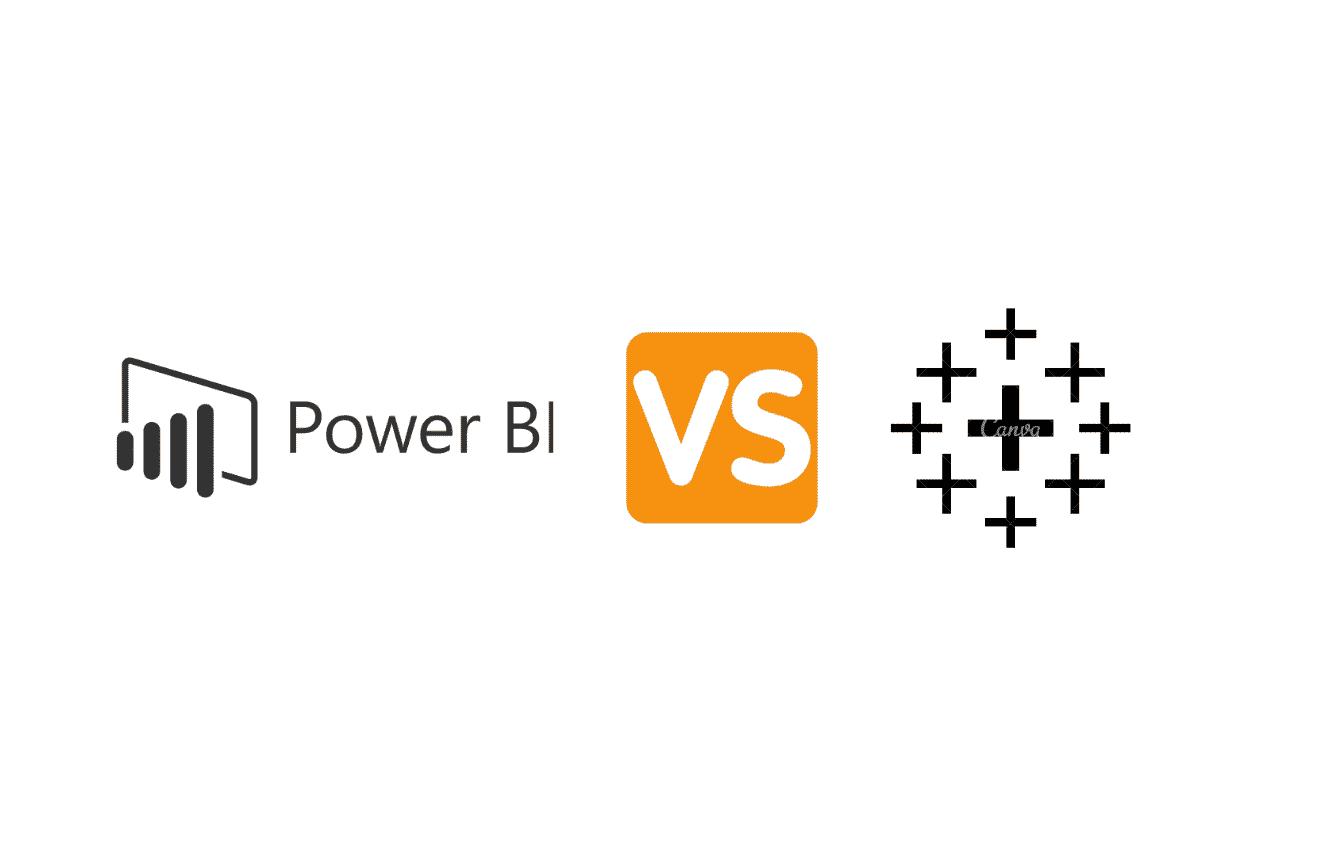- What is Regression Analysis?
- Industries Benefiting From Regression Analysis
- Understanding Regression in Machine Learning
- Characteristics of Regression
- Terminologies Used In Regression Analysis
- Types of Regression
- Regression Algorithms
- Advantages of Regression
- Disadvantages of Regression
- Regression Model Machine Learning
- Regression Evaluation Metrics
- Conclusion
- FAQs
Contributed by: Prashanth Ashok
What is regression?
If you’ve delved into machine learning, you’ve likely encountered this term buzzing around.
In essence, regression is the compass guiding predictive analytics, helping us navigate the maze of data to uncover patterns and relationships.
In this brief exploration, we’ll explore the meaning of regression, its significance in the realm of machine learning, its different types, and algorithms for implementing them.
Let’s dive in and start with what do you mean by regression.
What is Regression Analysis?
Regression in statistics is a powerful tool for analyzing relationships between variables. It helps us understand how changes in one variable affect another.
Here’s a breakdown of what regression means and its significance:
- Statistical Approach: Regression meaning analyzing the relationship between a dependent variable (the target we want to predict) and one or more independent variables (the predictors).
- Objective: The goal is to find the best-fitting model that describes the relationship between these variables. This model can then be used to make predictions or draw conclusions.
Industries Benefiting From Regression Analysis
- Finance: Regression analysis helps predict stock prices, assess risk, and analyze economic trends.
- Healthcare: It aids in predicting patient outcomes, analyzing the effectiveness of treatments, and identifying risk factors for diseases.
- Marketing: Regression models are used for customer segmentation, predicting sales, and analyzing marketing campaign effectiveness.
- Manufacturing: Regression analysis assists in predicting product quality, optimizing processes, and identifying factors affecting production efficiency.
- Retail: Regression helps forecast demand, optimize inventory management, and analyze customer behavior.
Understanding Regression in Machine Learning
Regression in machine learning is a supervised learning technique employed to forecast the value of the dependent variable for unseen data.
It establishes a connection between input features and the target variable, enabling the estimation or prediction of numerical values.
When using regression analysis, the output variable typically pertains to a real or continuous value, like “temperature” or “sales revenue” Various models can be applied, with the simplest being linear regression.
This model endeavors to fit the data with the optimal hyper-plane that passes through the data points.
Start your journey to mastering regression and beyond with our “Post Graduate Program in Artificial Intelligence & Machine Learning” Gain hands-on experience while accessing excellent benefits such as:
– Exclusive access to the Great Learning job board
– Personalized Resume & LinkedIn Review
– Access to exclusive career preparation content
– Live career mentorship with industry experts
Characteristics of Regression
1. Continuous Target Variable
Regression models are suitable for predicting continuous target variables, such as sales revenue or temperature.
2. Error Measurement
Regression models use metrics like Mean Squared Error (MSE) or Root Mean Squared Error (RMSE) to quantify the difference between predicted and actual values.
3. Model Complexity
Regression models can vary in complexity, from simple linear to complex nonlinear models, depending on the relationship between variables.
4. Overfitting and Underfitting
Regression models can suffer from overfitting (capturing noise) or underfitting (oversimplification) if not correctly tuned.
5. Interpretability
Regression models offer interpretable coefficients that indicate the strength and direction of relationships between variables.
Terminologies Used In Regression Analysis
Here are several terminologies commonly used in regression analysis:
- Predictor Variable: Also known as an independent variable or feature, it is the variable used to predict the value of the dependent variable.
- Multicollinearity: Multicollinearity occurs when two or more predictor variables in a regression model are highly correlated, which can lead to issues in accurately estimating the coefficients.
- Outliers: These data points deviate significantly from the rest of the dataset. Outliers can substantially impact regression models, influencing the estimated coefficients and model performance.
- Response Variable: Also known as the dependent variable, this is the variable whose values are predicted or explained by the predictor variables in the regression model.
- Underfitting: Underfitting occurs when a regression model is too simple to capture the underlying structure of the data, resulting in poor performance on both the training and test datasets.
- Overfitting: In contrast to underfitting, overfitting occurs when a regression model is too complex and captures noise in the training data, leading to poor generalization performance on unseen data.
- Coefficient: In regression analysis, coefficients represent the relationship between the predictor and response variables. They indicate the change in the response variable for a one-unit change in the predictor variable, holding other variables constant.
- Residuals: Residuals are the differences between the observed values of the response variable and those predicted by the regression model. They are used to assess the model’s goodness of fit and detect any patterns or trends that may indicate model inadequacy.
Types of Regression
1. Simple Regression
Simple regression involves predicting the value of one dependent variable based on one independent variable.
Example
Predicting the sales of a product based on advertising expenditure. Here, the dependent variable (sales) is predicted based on the independent variable (advertising expenditure).
2. Multiple Regression
Multiple regression involves predicting the value of a dependent variable based on two or more independent variables.
Example
Predicting house prices based on square footage, number of bedrooms, and location. Here, the dependent variable (house price) is predicted based on multiple independent variables (square footage, number of bedrooms, and location).
3. Nonlinear Regression
Nonlinear regression is used when the relationship between the independent and dependent variables is not linear.
Example
Predicting the growth of a plant-based on time. The relationship between time and development may not be linear, so a nonlinear regression model, such as a logistic growth model, could capture this relationship accurately.
Learn how to perform regression analysis in Excel through our Free Excel Regression Analysis course.
Regression Algorithms
1. Linear Regression
Linear regression is one of the simplest and most commonly used regression algorithms. It assumes a linear relationship between the independent and dependent variables.
The algorithm finds the best-fitting straight line through the data points, minimizing the sum of the squared differences between the observed and predicted values.
Example
Predicting house prices based on square footage, number of bedrooms, and location. The linear regression model estimates the coefficients for each independent variable to create a linear equation for predicting house prices.
Syntax
from sklearn.linear_model import LinearRegression
model = LinearRegression()
model.fit(X_train, y_train)
Delve into “A Guide to Linear Regression in Machine Learning” for better understadning of the concept.
Also
Enroll in Our Free Linear Regression Course for expert guidance and master the concepts today!”
2. Polynomial Regression
Polynomial regression extends linear regression by fitting a polynomial function to the data instead of a straight line. It allows for more flexibility in capturing nonlinear relationships between the independent and dependent variables.
Example
Predicting the trajectory of a projectile based on time. A polynomial regression model could fit a curve to the data points, providing a better trajectory estimation than a linear model.
Syntax
From sklearn.preprocessing import PolynomialFeatures
from sklearn.linear_model import LinearRegression
poly_features = PolynomialFeatures(degree=2)
X_poly = poly_features.fit_transform(X_train)
model = LinearRegression()
model.fit(X_poly, y_train)
3. Ridge Regression
Ridge regression is a regularization technique that prevents overfitting in linear regression models.
It adds a penalty term to the cost function, forcing the algorithm to keep the coefficients of the independent variables small. This helps reduce the model’s variance, making it more robust to noisy data.
Example
Predicting stock prices based on various economic factors. Ridge regression can help mitigate overfitting by shrinking the coefficients of less significant predictors, leading to a more stable and accurate model.
Syntax
From sklearn.linear_model import Ridge
model = Ridge(alpha=1.0)
model.fit(X_train, y_train)
Know more about Ridge Regression by diving into our blog on “What is Ridge Regression?“
4. Lasso Regression
Similar to ridge regression, lasso regression is a regularization technique used to prevent overfitting in linear regression models.
However, unlike ridge regression, lasso regression adds a penalty term that forces some coefficient estimates to be exactly zero.
This feature selection property of lasso regression makes it useful for models with many predictors.
Example
Predicting customer churn based on various demographic and behavioral factors. Lasso regression can help identify the most important predictors of churn by shrinking less relevant coefficients to zero, thus simplifying the model and improving interpretability.
Syntax
From sklearn.linear_model import Lasso
model = Lasso(alpha=1.0)
model.fit(X_train, y_train)
To deepen your knowledge of LASSO Regression, don’t miss out on “A Complete Understanding of LASSO Regression.
5. Decision Tree Regression
Decision tree regression is a non-parametric regression technique that models the relationship between the independent and dependent variables using a tree-like structure.
The algorithm splits the data into subsets based on the values of the independent variables, aiming to minimize the variance of the target variable within each subset.
Example
Predicting the price of a used car based on factors such as mileage, age, brand, and model. Decision tree regression can capture complex interactions between these features, providing a clear and interpretable model for predicting car prices.
Syntax
From sklearn.tree import DecisionTreeRegressor
model = DecisionTreeRegressor()
model.fit(X_train, y_train)
Also read Decision Tree Algorithm Explained with Examples to gain insights into how decision trees work in real-world scenarios.
6. Random Forest Regression
Random forest regression is an ensemble learning technique that combines multiple decision trees to make predictions.
It works by constructing many decision trees during training and outputting the average prediction of the individual trees. Random forest regression is robust to overfitting and can capture complex nonlinear relationships in the data.
Example
Predicting a retail store’s sales based on various factors such as advertising spending, seasonality, and customer demographics. Random forest regression can effectively handle the interaction between these features and provide accurate sales forecasts while mitigating the risk of overfitting.
Syntax
From sklearn.ensemble import RandomForestRegressor
model = RandomForestRegressor(n_estimators=100)
model.fit(X_train, y_train)
Seeking more clarity on the Random Forest Algorithm?
Explore our blog “Random Forest Algorithm in Machine Learning: An Overview” for a detailed breakdown and clear explanations.
7. Support Vector Regression (SVR)
Support vector regression is an algorithm based on support vector machines (SVMs).
It works by mapping the data points into a higher-dimensional space and finding the hyperplane that maximizes the margin between predicted and actual values. SVR is particularly effective in high-dimensional spaces and with datasets containing outliers.
Example
Predicting a building’s energy consumption based on environmental variables such as temperature, humidity, and occupancy. SVR can handle the nonlinear relationship between these variables and accurately predict energy consumption while being robust to outliers in the data.
Syntax
from sklearn.svm import SVR
model = SVR(kernel='rbf')
model.fit(X_train, y_train)
Don’t miss out on our blog: “Support Vector Regression in Machine Learning” to Learn how SVM can optimize your regression tasks.
Advantages of Regression
- Interpretability: Regression models provide efficiently interpretable results, allowing for a clear understanding of the relationship between variables.
- Prediction: Regression models can predict continuous outcomes, making them suitable for forecasting future trends or estimating unknown values.
- Flexibility: Regression techniques can accommodate various data types and be adapted to different modeling scenarios.
- Feature Importance: Regression models can provide insights into the relative importance of different predictor variables in explaining the variation in the target variable.
Disadvantages of Regression
- Assumption of Linearity: Most regression techniques assume a linear relationship between the independent and dependent variables, which may not hold in all cases.
- Overfitting: Complex regression models with many predictors can be prone to overfitting, where the model captures noise in the training data rather than the underlying relationship.
- Sensitivity to Outliers: Regression models can be sensitive to outliers, disproportionately influencing the model’s parameters and predictions.
Regression Model Machine Learning
Let’s take a Python code example using scikit-learn to build a linear regression model to predict the price of a used car based on its mileage.
import numpy as np
from sklearn.model_selection import train_test_split
from sklearn.linear_model import LinearRegression
# Sample data: mileage and price of used cars
mileage = np.array([5000, 6000, 8000, 10000, 12000, 15000, 18000, 20000, 22000, 25000])
price = np.array([25000, 24000, 22000, 20000, 18000, 16000, 15000, 14000, 13000, 12000])
# Reshape the data
mileage = mileage.reshape(-1, 1)
price = price.reshape(-1, 1)
# Split the data into training and testing sets
X_train, X_test, y_train, y_test = train_test_split(mileage, price, test_size=0.2, random_state=42)
# Create a linear regression model
model = LinearRegression()
# Train the model on the training data
model.fit(X_train, y_train)
# Make predictions on the testing data
predictions = model.predict(X_test)
# Calculate the coefficient of determination (R^2) to evaluate the model
r_squared = model.score(X_test, y_test)
print("Coefficient of determination (R^2):", r_squared)
Free Python Courses Awaits you to accelerate your understanding of Machine Learning. Enroll now
Explanation
- We import necessary libraries, including numpy for numerical operations, scikit-learn for machine learning algorithms, and linear regression for building the regression model.
- We define sample data representing the mileage and price of used cars.
- Data is reshaped to ensure it’s in the right format for modeling.
- The data is split into training and testing sets using train_test_split from scikit-learn.
- A Linear Regression model is instantiated.
- The model is trained on the training data using the fit() method.
- Predictions are made on the testing data using the predict() method.
- Finally, we calculate the coefficient of determination (R^2) to evaluate the model’s performance using the score() method.
Output
Coefficient of determination (R^2): 0.9493522362188297
Outcome
The coefficient of determination (R^2) value of approximately 0.95 indicates that our linear regression model explains around 95% of the variability in used car prices based on their mileage.
This suggests that the model is a good fit for the data and can effectively predict the cost of a used car, given its mileage.
Start learning Machine Learning for free with our expertly crafted Free Machine Learning Courses.
Regression Evaluation Metrics
Regression models are assessed using various evaluation metrics to measure their performance in predicting continuous outcomes. Here are some commonly used regression evaluation metrics:
1. Mean Absolute Error (MAE)
- MAE calculates the average absolute difference between the predicted and actual values. It measures the average magnitude of errors without considering their direction.
- Lower values indicate better performance.
2. Mean Squared Error (MSE)
- MSE calculates the average of the squared differences between the predicted and actual values. It penalizes more significant errors more heavily than smaller ones.
- Lower values indicate better performance.
3. Root Mean Squared Error (RMSE)
- RMSE is the square root of the MSE. It measures the average magnitude of the errors in the same units as the target variable.
- Lower values indicate better performance.
4. R-squared (R²)
- R-squared represents the proportion of the variance in the dependent variable explained by the model’s independent variables. It ranges from 0 to 1, with higher values indicating better fit.
- Higher values indicate better performance, with 1 indicating a perfect fit.
5. Adjusted R-squared
- Adjusted R-squared is a modified version that accounts for the number of predictors in the model. It penalizes the addition of unnecessary variables.
- Higher values indicate better performance, with adjustments for model complexity.
These evaluation metrics help assess regression models’ accuracy, precision, and generalization capability, aiding in model selection and refinement.
Conclusion
Understanding regression provides a foundational insight into predictive modeling, a crucial aspect of AI and machine learning.
By grasping regression concepts, individuals can analyze and predict trends, making informed decisions in various fields.
With the Great Learning Post Graduate Program in Artificial Intelligence & Machine Learning, aspiring professionals gain a deep understanding of regression techniques and exclusive access to a comprehensive suite of career support resources.
From personalized resume and LinkedIn reviews to live mentorship with industry experts, this program equips learners with the skills and tools needed to excel in the competitive landscape of AI and machine learning, bridging the gap between theoretical knowledge and practical application for a successful career journey.
FAQs
A: Regression definition in statistics signifies that it is a powerful tool for analyzing the relationship between variables, enabling prediction and inference in various fields such as economics, finance, healthcare, and machine learning. It helps uncover patterns, trends, and associations within data, facilitating informed decision-making and hypothesis testing.
A: Regression and correlation analysis assess the relationship between variables, but they serve different purposes. Regression analysis aims to predict the value of a dependent variable based on one or more independent variables, whereas correlation analysis quantifies the strength and direction of the linear relationship between two variables without making predictions.
A: Yes, regression techniques can be extended to model nonlinear relationships by incorporating polynomial terms or using nonlinear regression algorithms. These approaches allow regression models to capture complex patterns and variations in the data beyond linear relationships.
A: The coefficients in a regression model represent the change in the dependent variable associated with a one-unit change in the corresponding independent variable, holding all other variables constant. Positive coefficients indicate a positive relationship, negative coefficients indicate a negative relationship, and the magnitude reflects the strength of the association.






